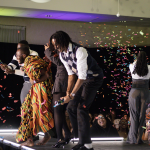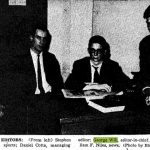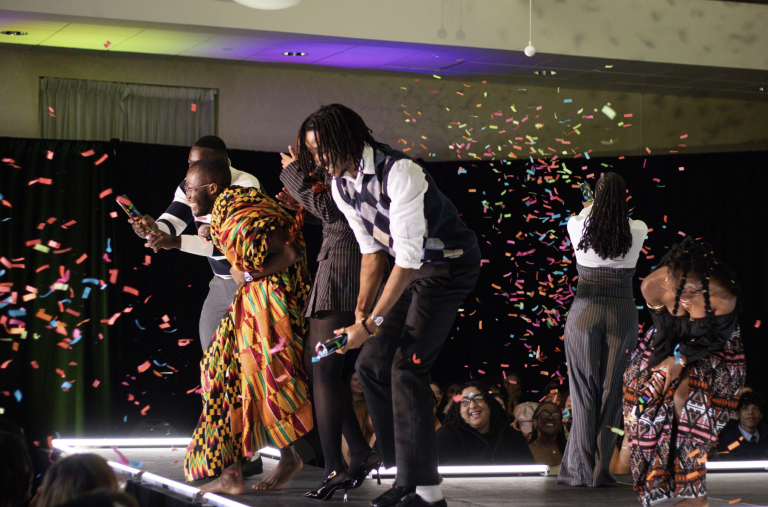HAMNA TARIQ ’20
STAFF WRITER
The Asian American Student Association held a grand event on March 8 in the Washington Room about the conditions of Cambodian Refugees in the United States. The event started off with a wonderful and beautifully choreographed cultural dance by the Angkor Cambodian Dance Troupe. Everyone was mesmerized by the colorful costumes and elegance of the dancers. After this performance, Eric Tang, the acclaimed author of “Unsettled: Cambodian Refugees in the New York City Hyperghetto” was called on stage to talk about his widely popular book and his own personal experiences with refugees from Cambodia.
He started off with how refugees and undocumented persons are viewed in a negative and stereotypical manner. The way the current US government phrases its policy of the deportation of only those undocumented citizens with a criminal record, emphasized Tang, ignores the collateral arrests carried out and justifies the nationalistic and fascist basis of such policies. He then read certain parts of his book and told stories of Cambodian refugees in Thailand’s United Nations camp. While outlining the problems refugees face when migrating to another country, he said, “Refugees transfer from one state of captivity to the next.” This statement holds much significance because refugees are commonly considered captives and nation-less people. He also highlighted, “Upon crossing the border, refugees haven’t necessarily been liberated.” This holds especially true for Cambodian refugees who are forced to live in dilapidated buildings in the worst hyperghettos of New York City.
Tang stated some astonishing statistics during his enlightening and thought-provoking talk. Approximately 150,000 Cambodian Refugees were resettled to the United States between 1980-1994 and 55% settled in hyperghettos. One of the most interesting aspects of Eric Tang’s talk was his analysis of “The narrative of rescue” that the United States government promotes. As explained by Tang, refugees are considered to be saved from violence and discrimination back in their countries, yet face similar circumstances after resettlement. They are never considered true residents of the United States. He pointed out how Cambodians who had been living in the United States for more than 30 years are still called “a struggling newcomer group”.
Following Tang’s talk, there was a question and answer session with the author and AASA’s President, Sanjay Thapa. Sanjay, when asked about how refugees, immigrants, or undocumented students might feel safe on campus, said, “It is important to build a connection and a need to talk with people around you.” This is definitely true because without knowing what our fellow classmates go through, we may never be able to empathize or help them. We need to, as Sanjay proclaimed, “Start the conversation.”
Delicious Cambodian and Thai food was served after the question and answer session. Everyone left with important knowledge about the conditions of refugees, particularly from Cambodia, in the United States. The event achieved its ultimate goal of encouraging some students to also observe and research the refugee crisis on their own. The high attendance, enlightening talk and productive question and answer session made this event one of the most successful and educational events AASA has ever hosted.
Tuesday, January 14 2025
The Student Newspaper at Trinity College in Hartford, Connecticut




+ There are no comments
Add yours